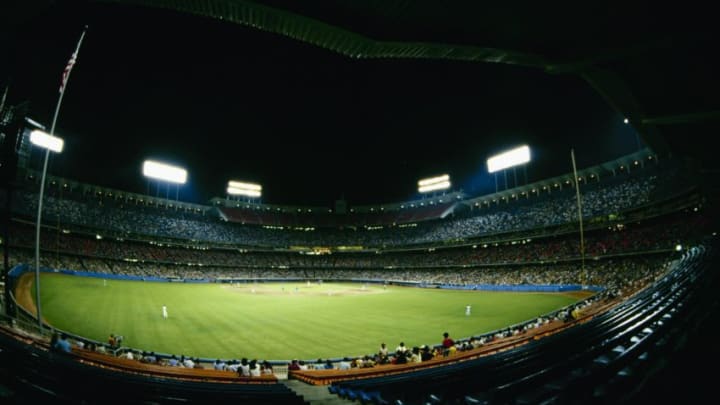Los Angeles Dodgers: The biggest enemies of the 1980s
By Jamaal Artis

5. Complacency
From 1973 to 1983 the Dodgers placed first or second in in the National League West division every year except for 1979. That strong play was a testament to the “Dodger Way” philosophy that relied on team speed, defense, and pitching. It was also the team’s ability to churn out prospects throughout their developmental system to complement shrewd moves.
But from 1984 to 1989 the facade of greatness began to crack as Dodgers would win the division title in 1985 and a World Series in 1988 but in all the other years they would never finish higher than fourth and always below .500.
Part of the problem was the Dodgers reliance on their farm system that stopped producing, players like first baseman Greg Brock who was highly touted just didn’t pan out. Brock made veteran great Steve Garvey expendable who signed with the San Diego Padres in 1983. Brock would only hit .233 with the Dodgers and be gone by 1987 being out hit by Garvey in that time frame.
Most egregiously in a league wide case of collusion, the Dodgers refused to sign some of the best free agent players available in order to keep player salaries down. Between 1985-1987 some of the best players were available as unrestricted free agents. Essentially the Dodgers owner Peter O’Malley refused to make his team better just to save a few bucks. Not surprisingly the Dodgers were below .500 those years.